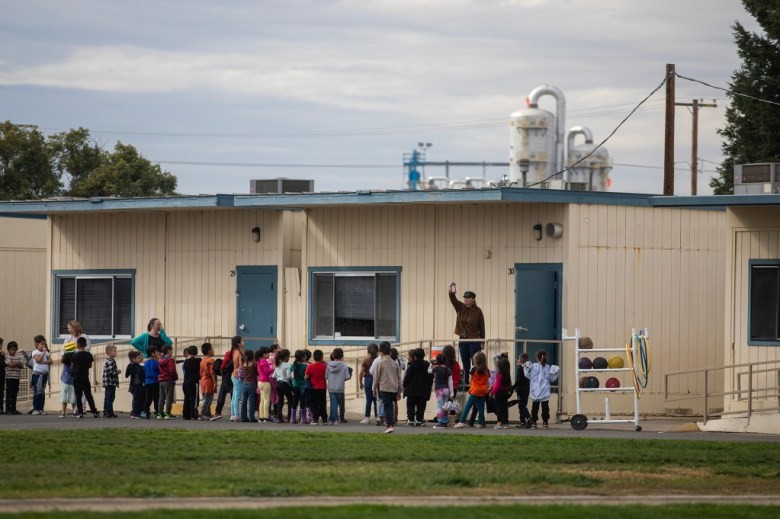
In a landmark decision, California voters have given the green light to Proposition 2, authorizing a $10 billion state bond for much-needed repairs and upgrades to public schools and community colleges across the state.
The measure, officially titled "Authorizing Bonds for Public Schools and Community College Facilities," aims to address the deteriorating conditions of educational campuses throughout California. This funding will enable schools to undertake critical renovations, construct new facilities, and modernize existing ones.
Key Points of Proposition 2
- $10 billion in bonds for K-12 schools and community colleges
- Focus on safety improvements, technology upgrades, and modernization of classrooms and labs
- Support for vocational and technical education programs
- Estimated annual repayment cost of $500 million over 35 years from the state's General Fund
The bond measure comes at a critical time, as the last state education bond passed in 2016 has been fully allocated. With approximately 10,000 public schools, including 1,300 charter schools, and 115 community colleges in California, the need for infrastructure investment is substantial.
Funding Distribution and Local Matching
Traditionally, California shares school construction costs with local districts. The state typically covers 50% of new construction and 60% of renovation costs, with districts expected to contribute the remainder through local funds. Under Proposition 2, districts in lower-income areas may receive a higher state match to ensure equitable distribution of resources.
Addressing Diverse Needs
The approved funding will support various initiatives, including:
- Creating transitional kindergarten classrooms
- Implementing environmental improvements (e.g., lead removal, mold remediation)
- Enhancing campus safety measures
- Upgrading air conditioning systems
Debates Surrounding the Measure
While supporters highlight the urgent need for school improvements, opponents express concerns about the potential burden on homeowners. Critics argue that the bond measure could lead to increased property taxes as districts seek to raise matching funds.
Susan Shelley of the Howard Jarvis Taxpayers Association stated, "Proposition 2 is $10 billion in additional debt for the state of California. What we need is a better system for allocating the money rather than putting it on the credit cards and having the districts rush in first come first served."
Local Impact
The San Bernardino City Unified School District, which endorsed Proposition 2, exemplifies the challenges faced by many districts. With 30% of its 2,900 classrooms being portable units, the district stands to benefit significantly from the bond measure.
As California moves forward with this substantial investment in education infrastructure, the coming years will likely see a wave of renovation and construction projects aimed at providing students with improved learning environments across the state.